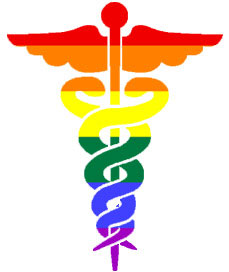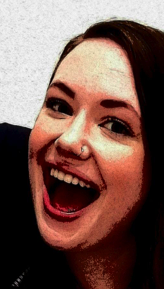 The LGBTQ community has seen significant advancements across various sectors of life in recent years. However, individuals in this community face challenges and barriers to healthcare access and coverage. The lack of access can even lead to poor health outcomes. The general public might believe that these barriers are related to choices. However, research has found that challenges such as the denial of care from the healthcare community and the provision of substandard care are essential factors.
The LGBTQ community has seen significant advancements across various sectors of life in recent years. However, individuals in this community face challenges and barriers to healthcare access and coverage. The lack of access can even lead to poor health outcomes. The general public might believe that these barriers are related to choices. However, research has found that challenges such as the denial of care from the healthcare community and the provision of substandard care are essential factors.
The LGBTQ community faces unique health needs. It can be difficult to quantify the exact lesbian, gay, bisexual, and transgender healthissues because most state and national surveys don’t collect information about sexual orientation and gender identity. This lack of knowledge can make it difficult to pinpoint exact health concerns.
For some, they may face other healthcare needs and inequalities associated with ethnicity, race, gender, or social class. There is also a unique intersection between the LGBTQ community and those with disabilities. People with disabilitiesare more likely to identify as a sexual minority than are abled persons.
The National LGBT Health Education Center’s 2016 report, “Understanding the Health Needs of LGBT People,” noted that LGBTQ individuals experience higher rates of HIV and other sexually transmitted infections, lower rates of women’s health screenings such as mammograms and Pap smears, and higher rates of problems like smoking. A few mental health and social issues have also been linked to this community, including depression, increased risk of suicide, and homelessness.
HIV/AIDS Epidemic
HIV/AIDS diagnosis and treatment has undergone significant advancements since its establishment in 1981. Gay and bisexual men in the LGBTQ community may be met with social stigma and negative attitudes that discourage them from seeking testing and treatment. Over 26,000 gay, bisexual, and other men who have sex with menwere newly diagnosed with HIV infections in 2015, accounting for the last portion of the more than one million people in the US living with the disease.
In a day when we know more about HIV/AIDS than ever before, it might be surprising that so many new cases continue to be diagnosed. Understanding the reasons that certain populations are at a higher riskis the first step in overcoming barriers to healthcare. A few of the possible disparities include lack of access to care that could be related to education, financial status, bigotry, or racism.
Discrimination at the Hands of the Medical Community
It’s essential to acknowledge the history of discrimination and oppression that the LGBTQ communities have faced for many decades. Whether bias came from employers, housing authorities, schools, or social programs, it’s created a culture that has turned these individuals away from the healthcare industry.
Many LGBTQ individuals suffer at the hands of providers, further complicating the issue and driving them away from care. This treatment ranges from harassment and humiliation to being turned away. The Center for American Progressshared results from the CAP survey, which detailed types of discrimination faced by those in the LGBTQ community. This survey reported that up to nine percent of LGBTQ respondents said that doctors or other healthcare providers used harsh or abusive language when treating them and an additional eight percent reported that a provider refused to see them because of their actual or perceived sexual orientation.
The CAP survey also reported that 29 percent of transgender people said that a provider refused to see them due to their actual or perceived gender identity and 21 percent reported being spoken to with harsh or abusive language. These types of behaviors discourage the LGBTQ community from seeking healthcare, even when they know they need it. Without routine preventive care and prompt acute care treatment, this community will continue to suffer chronic, acute, and even deadly conditions that could have been prevented.
Government Impact
It’s imperative that we acknowledge the role of public policy in the fight against health disparities. The current presidential administration has cut funding to HIV and chronic disease prevention programs that impact the future of HIV/AIDS treatment. Not only has funding for treatment been cut, but dollars paying for prevention and educational programs such as the Ryan White HIV/AIDS program has been reduced. As we continue to watch the Affordable Care Act being questioned for its legitimacy, you can’t help but wonder what the future of healthcare is for the LGBTQ community and others who struggle with the changing healthcare landscape.
Looking to the Future
Providers and every member of the care team must be educated in compassionate, culturally competent care to end the invisibility of the LGBTQ community in the healthcare community. Physicians must understand the cultural context of their patient’s lives to provide evidence-based care that delivers good health outcomes.
Those in the LGBTQ community can help by participating in data collection efforts so that lawmakers and others have a clear picture of the number of people in this demographic who need specific care. They can also vote for government officials and programs who support actions that increase access to healthcare services and limit barriers. With any luck, the future of the healthcare landscape will be one of equality and compassion as we look to the future.
 Frankie Wallace is a writer from Boise, Idaho who contributes to a wide variety of blogs online.
Frankie Wallace is a writer from Boise, Idaho who contributes to a wide variety of blogs online.



